One of the most popular parts of our archive collections are timetables. These are in demand by all types of researchers including railway modellers, local historians, people delving into their family history, biographers and historical novelists. Our collection spans from the 1830s right up to the present day and covers railway company public timetables, Bradshaw’s Guides, working timetables and all sorts of related operating documents like special train notices or carriage marshalling circulars.
For many years we have had a list of the timetables on our website and those could be accessed by researchers visiting our library and archive centre, Search Engine. However, we also had a collection of uncatalogued material acquired from various sources over the years that needed sorting through so that we could add them to our collection.
This wasn’t a simple or quick task. Not only did we need to collate all the uncatalogued material (which was scattered through our stores in various locations!), we then needed to catalogue it. Then we could compare against our existing collection, identify items we didn’t already have and weed out duplicates so that we could transfer them out of the collection.
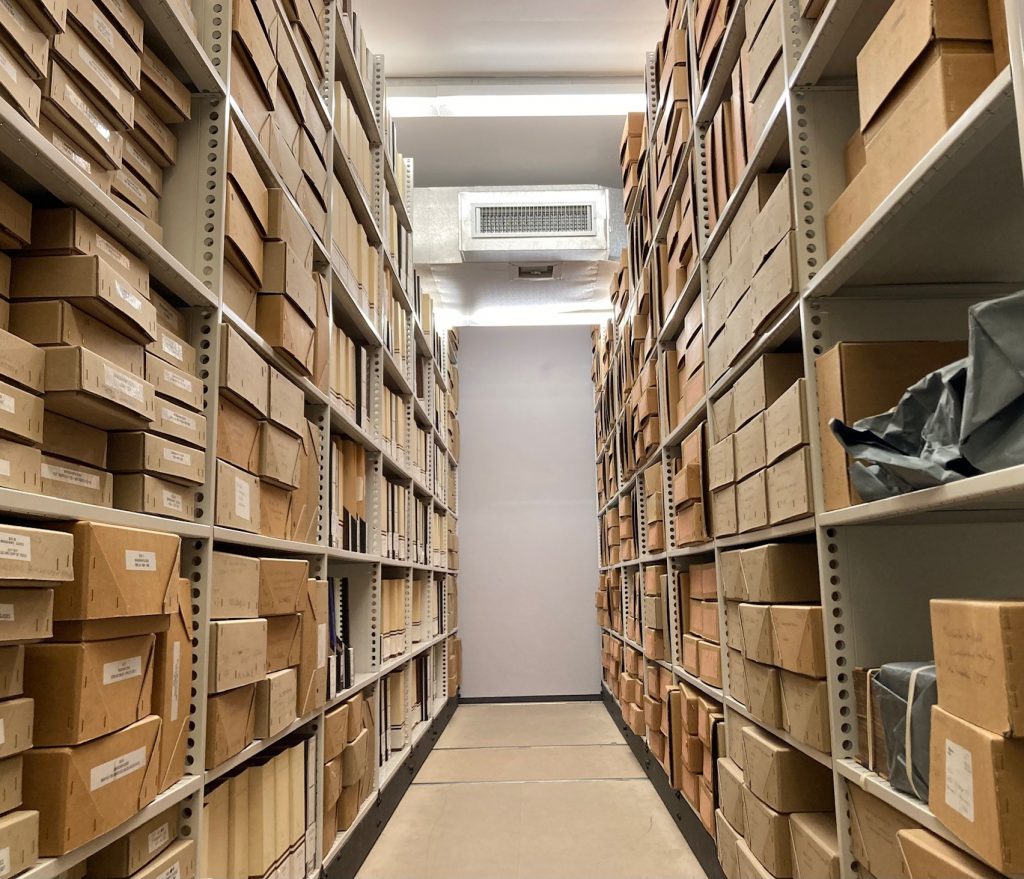
That meant we needed some help and we looked for a volunteer to work on the project. That role was taken up by Richard Maund, who as well as being a very knowledgeable railway historian, has a particular interest in timetables.
Richard worked for British Railways all his career, spending much of that in management roles in different parts of the railway. In the early stage of his career he first became involved in train timetabling from March 1961 when he took up a post in the Western Region’s Birmingham divisional trains office, timing miscellaneous special passenger trains in the Gloucester District. Subsequent moves took him to Plymouth and later Paddington—still timing trains or compiling working timetables—until August 1964 when he started on BR’s management training scheme.
Richard’s knowledge and interest made him the ideal person to help us with this project. He travelled over from Crewe on a regular basis to organise and catalogue the new material, and identify duplicate items that we could remove (which means we have more room to store new collections!). That task was completed, but Richard wanted to make changes to how we classified different types of document to ensure a more standardised approach.
In early 2020 we were nearly ready to update our existing lists with the new timetables, of course like so many other things the completion of the project was interrupted in March due to lockdown and all work on site came to a halt (I didn’t get back into the museum until September and our priority was to plan for a covid-safe reopening of Search Engine). During this time Richard had taken the opportunity to spend many hours working through our existing lists at home and re-format them as per the new items. However, he had also identified numerous issues and queries with the items, that required a physical audit of the collections. Richard now wasn’t able to do this as we weren’t in a position to start bringing our archive volunteers back, and I didn’t have time, for more pandemic-related reasons (I could only get on site one day per week during the early 2021 lockdown to deal with essential tasks).
As the year went on I was finally able to start auditing the collection and checking through Richard’s list of queries. Many of which related to duplicated entries, description errors, and many, many date-related issues as the original list had a rather haphazard approach to dates. This was actually a really enjoyable stage of the project as it is always good to have an opportunity to get hands on with collections and the timetables are fascinating with colourful designs (a few of these are pictured) and packed with interesting adverts and information.
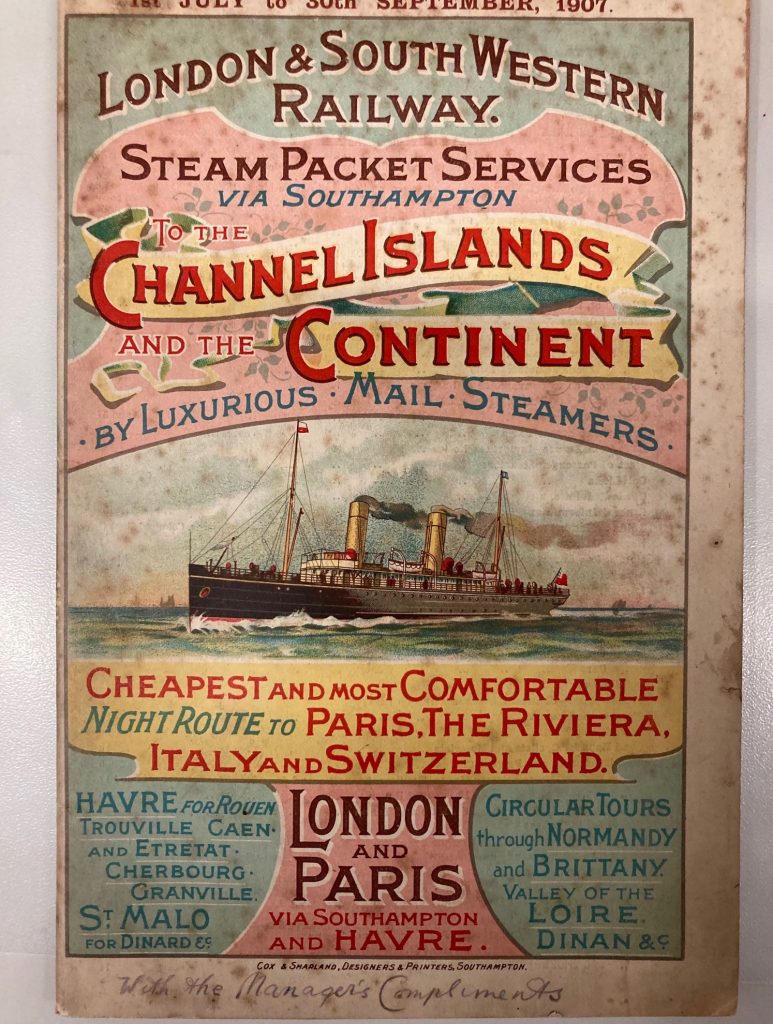
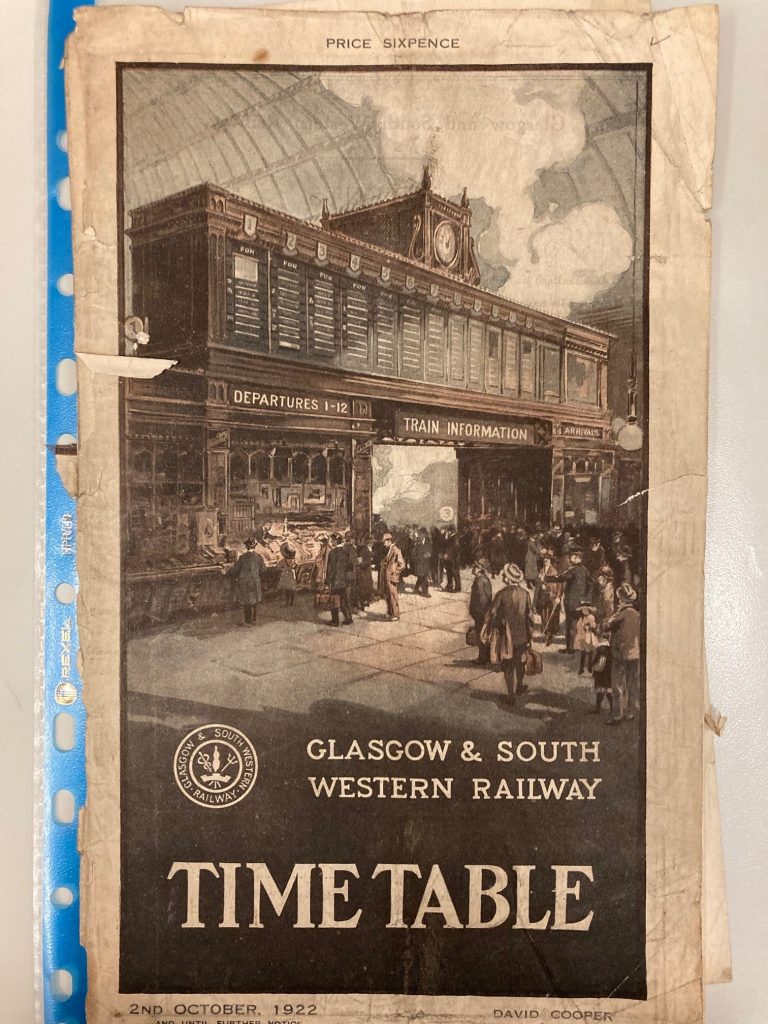
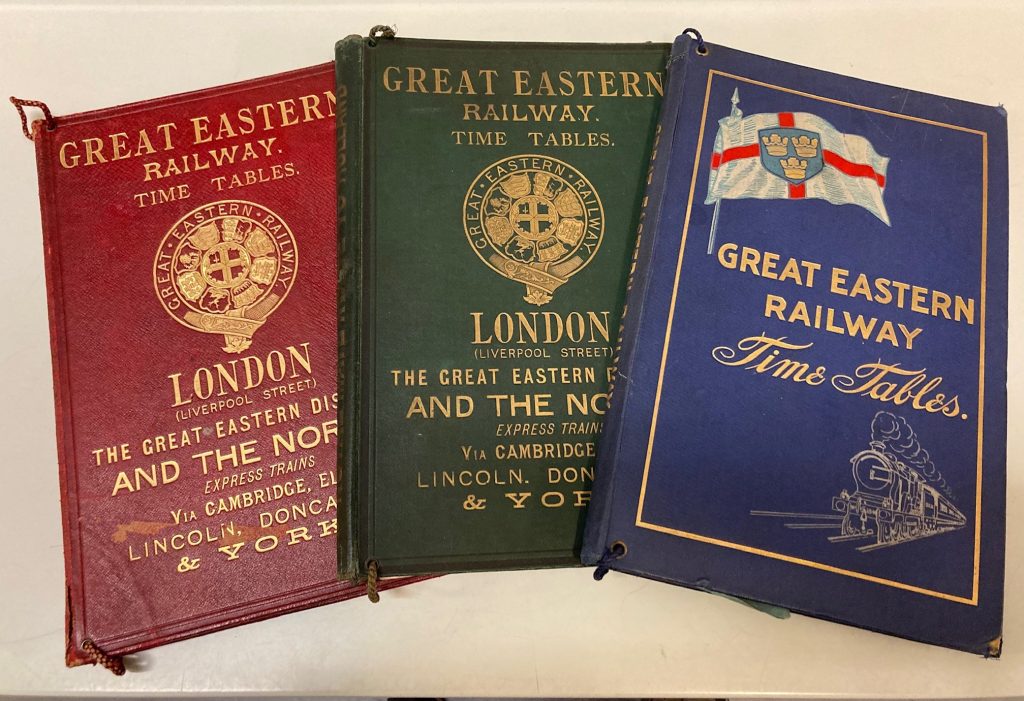
Next I had to label up around 790 boxes with box numbers. The existing collection (with the exception of the Bradshaw’s) had previously been listed with shelf locations which is far from ideal, so I had to label the boxes, map those box numbers across to the list to replace shelf locations and then update our internal location guide with the information.
The final task was to integrate the updated listing of the original collection with the new items (1271 timetables in 66 boxes) to create a new master list that has been published via the catalogues page on our web site. The direct link to the list can be found here.
If you want to delve deeper into our historic timetable collection, you can find out how by visiting our website:
www.railwaymuseum.org.uk/research-and-archive
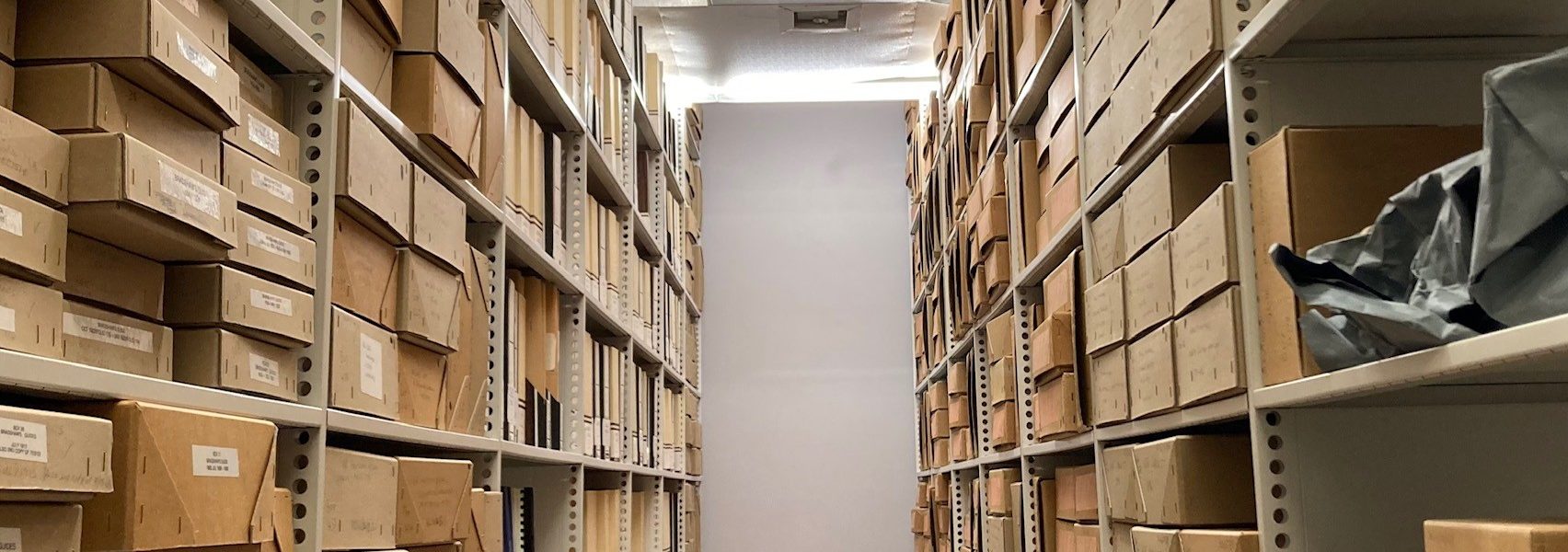
Richard Maund and Peter Thorpe have made an excellent job of sorting this invaluable collection of Working Timetables and related publications. Thank you both, I have already taken advantage of searching for relevant material to research for my next book “Signalling Centres – No2B – Leeds”.
Well done, Peter & Richard.
Any special things to note about the collection – e.g. are there spectacular gaps for some railways or years? Should we be on the lookout in old bookshops etc for “missing” items.
Hard to answer, perhaps, but what %age of all timetables ever published do you think are in the collection?
Dear Peter,
I don’t know how much freight specific material you have in the NRM archive but I have about 3 “Iron Mountain” type boxes of operating publications and freight commercial literature which I am happy to donate to the NRM. This collection includes internal railway timing and marshalling instructions for freight traffic along with a large amount of commercial material promoting rail freight services to potential customers.
If this is of any interest to the NRM please feel free to contact me.